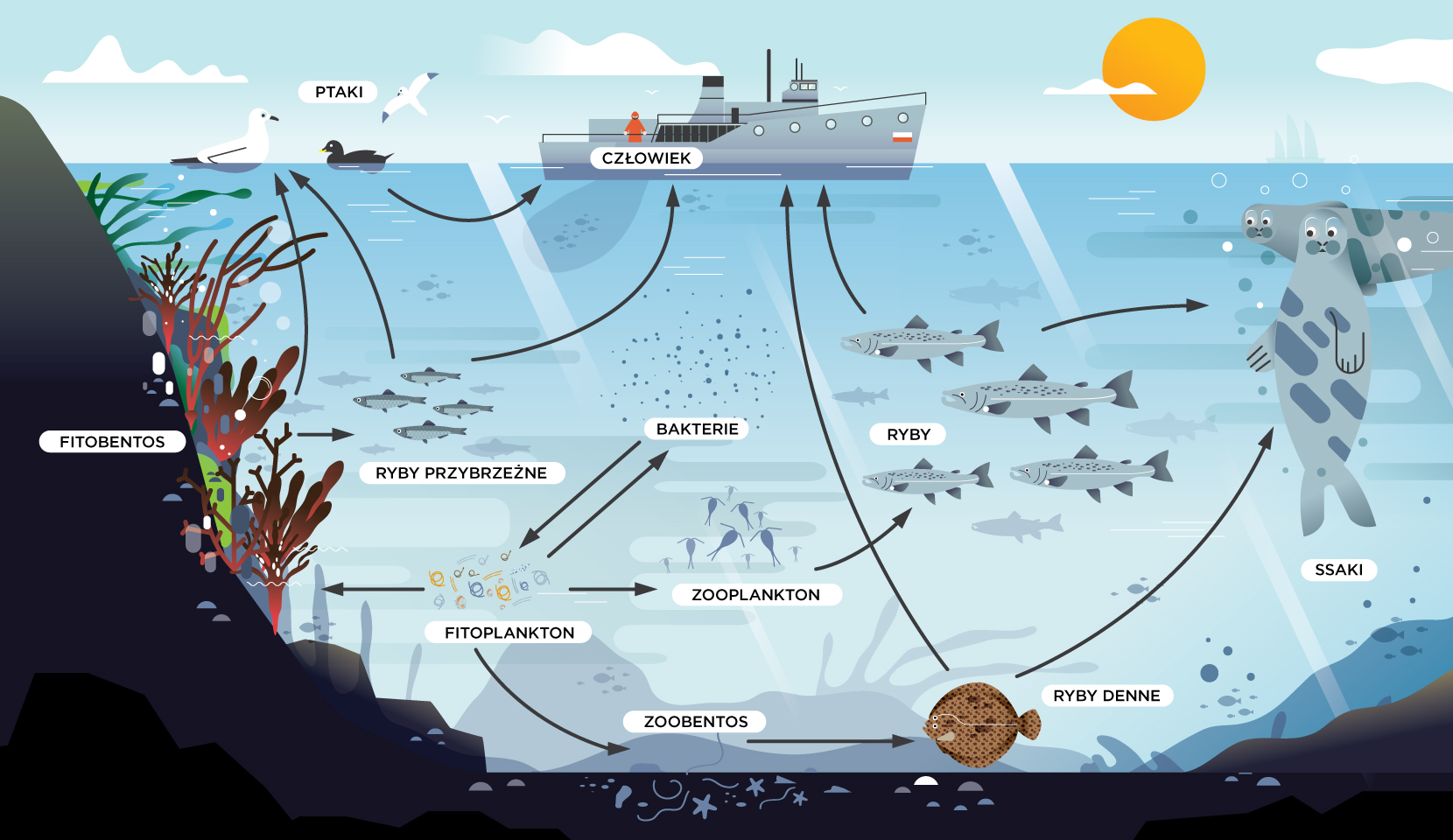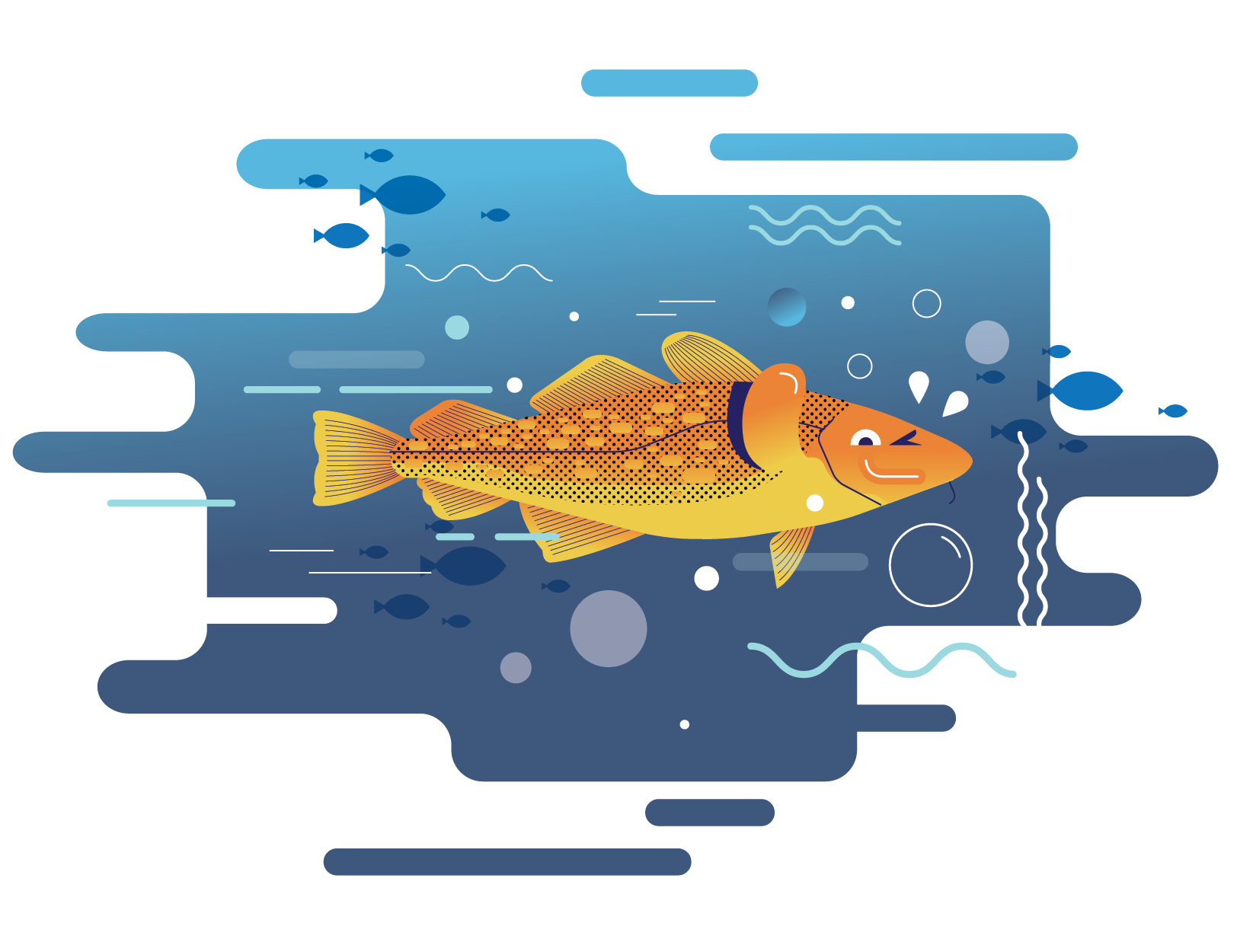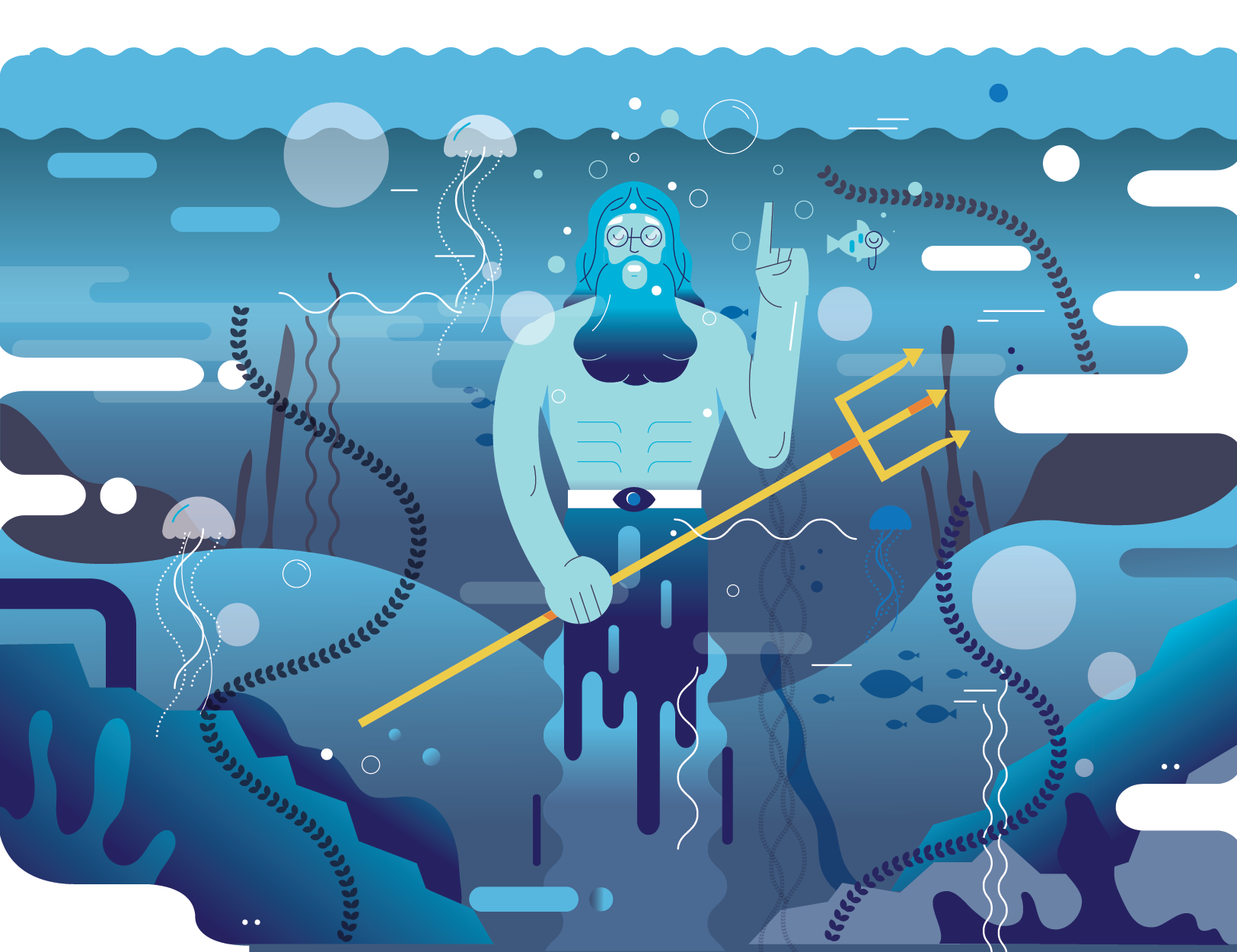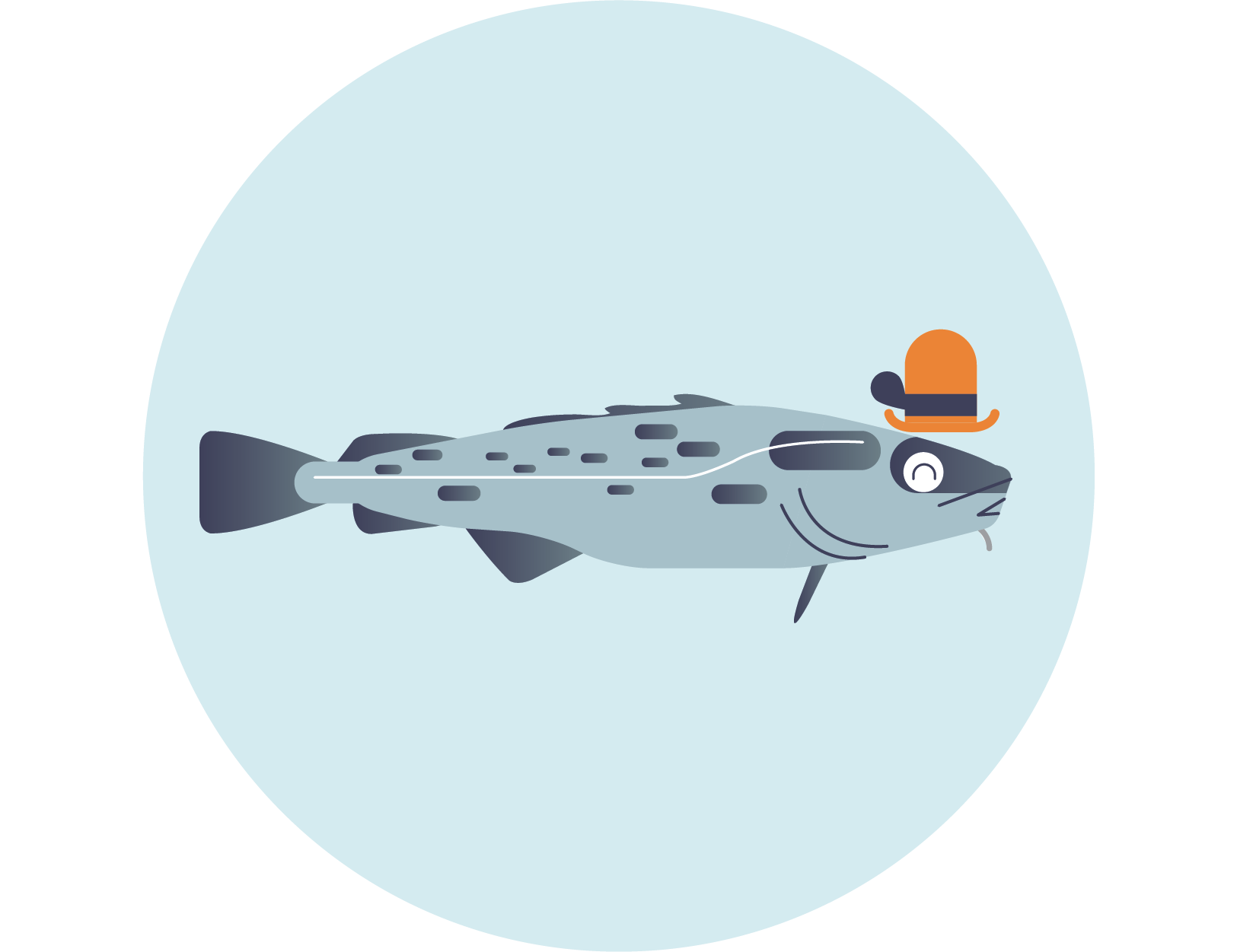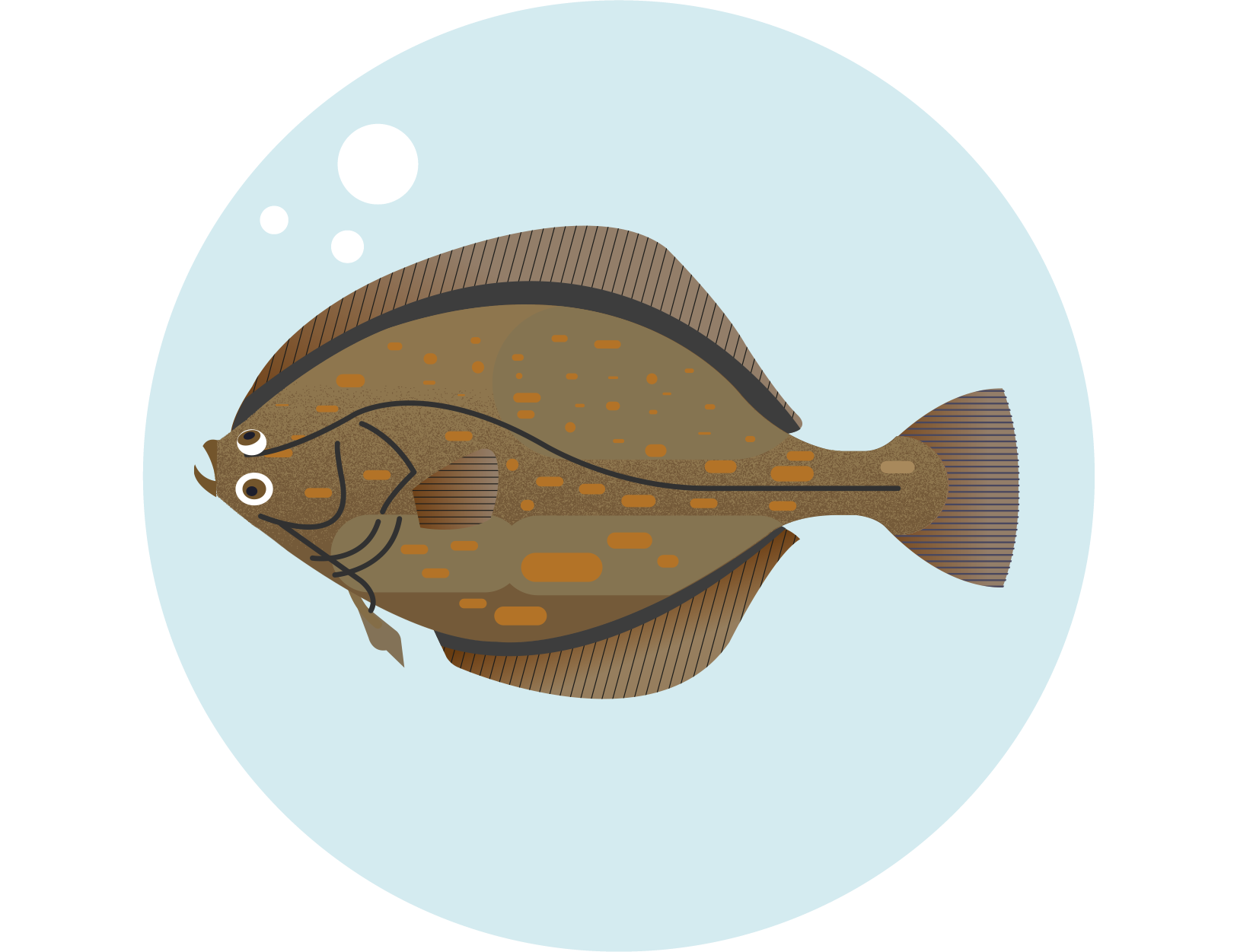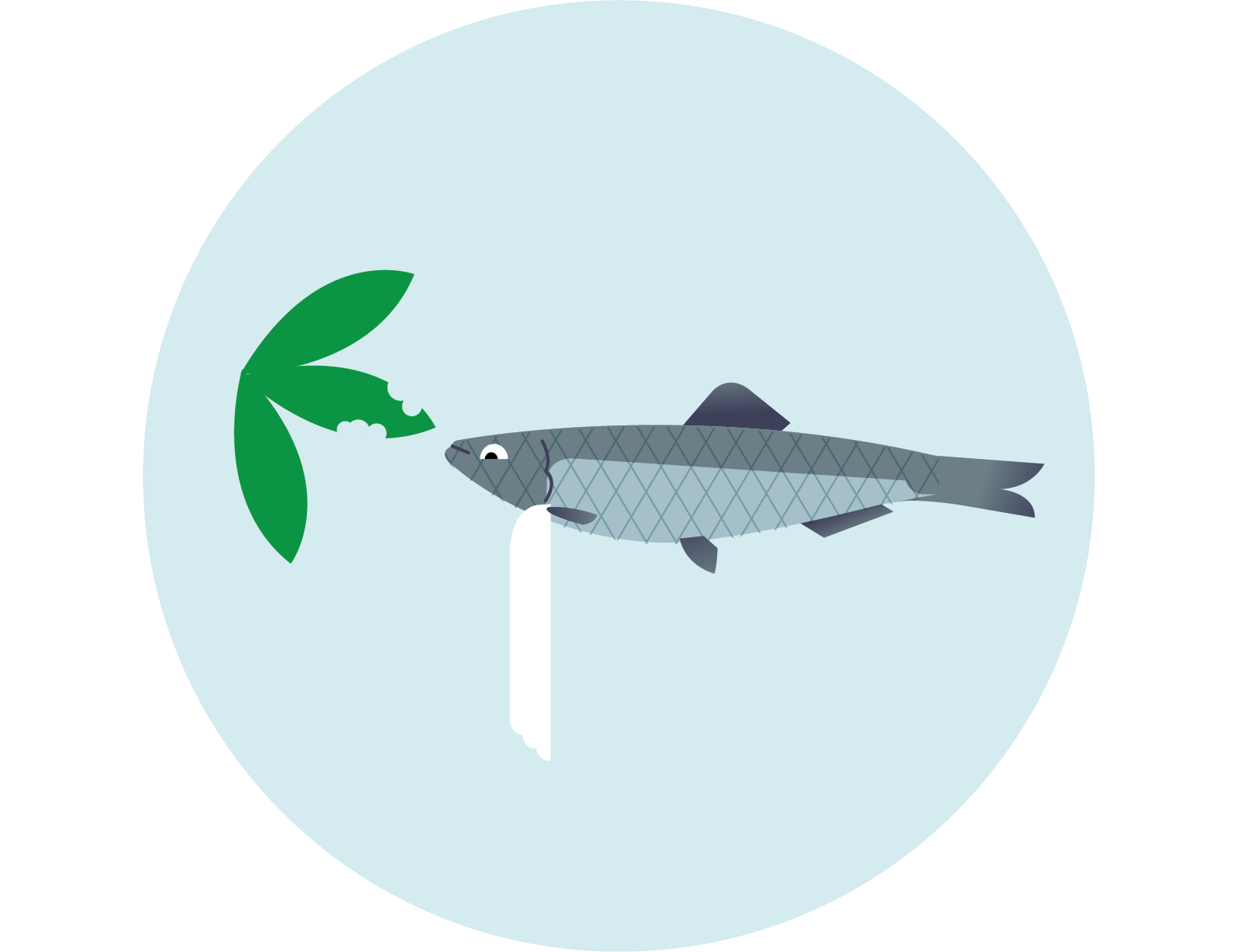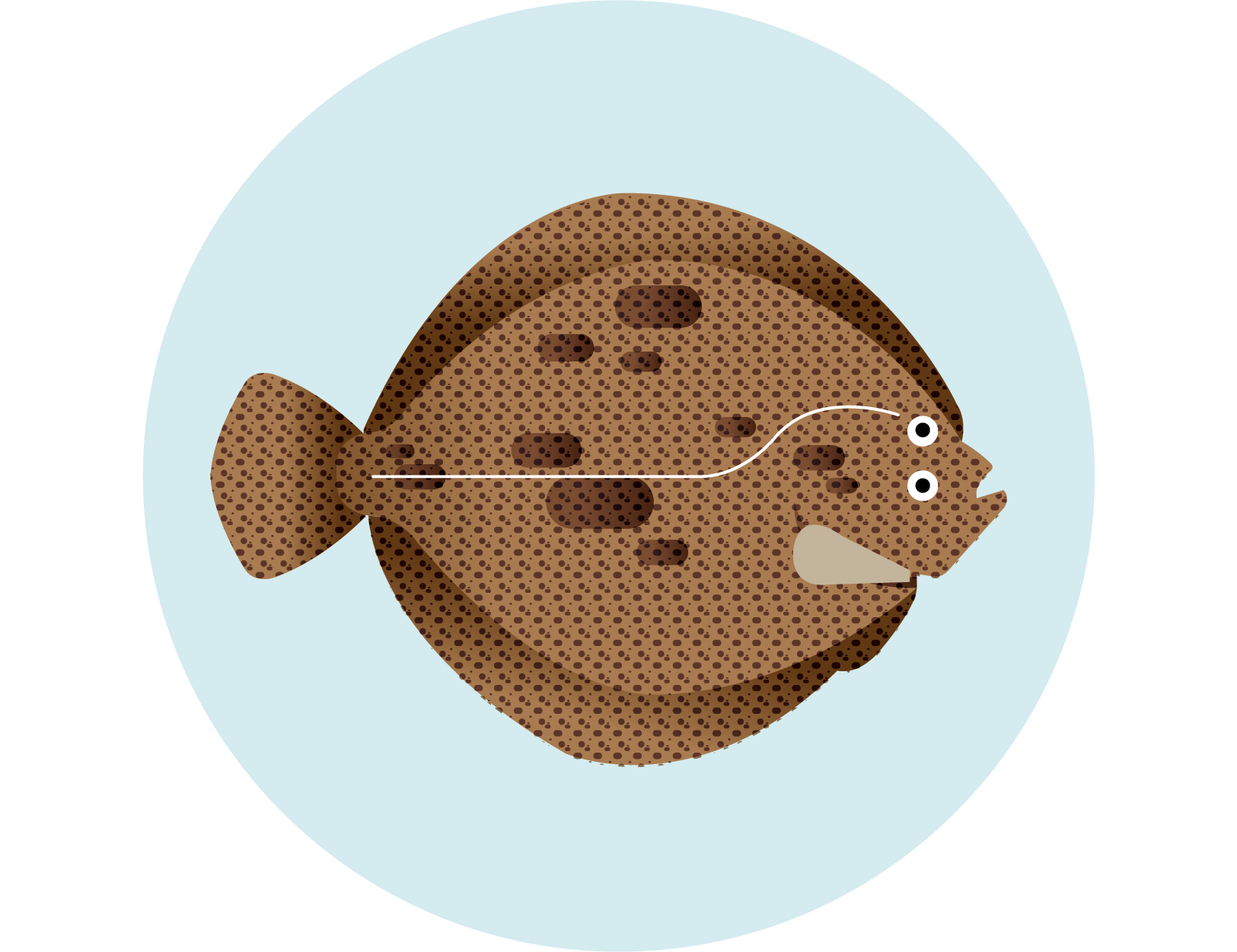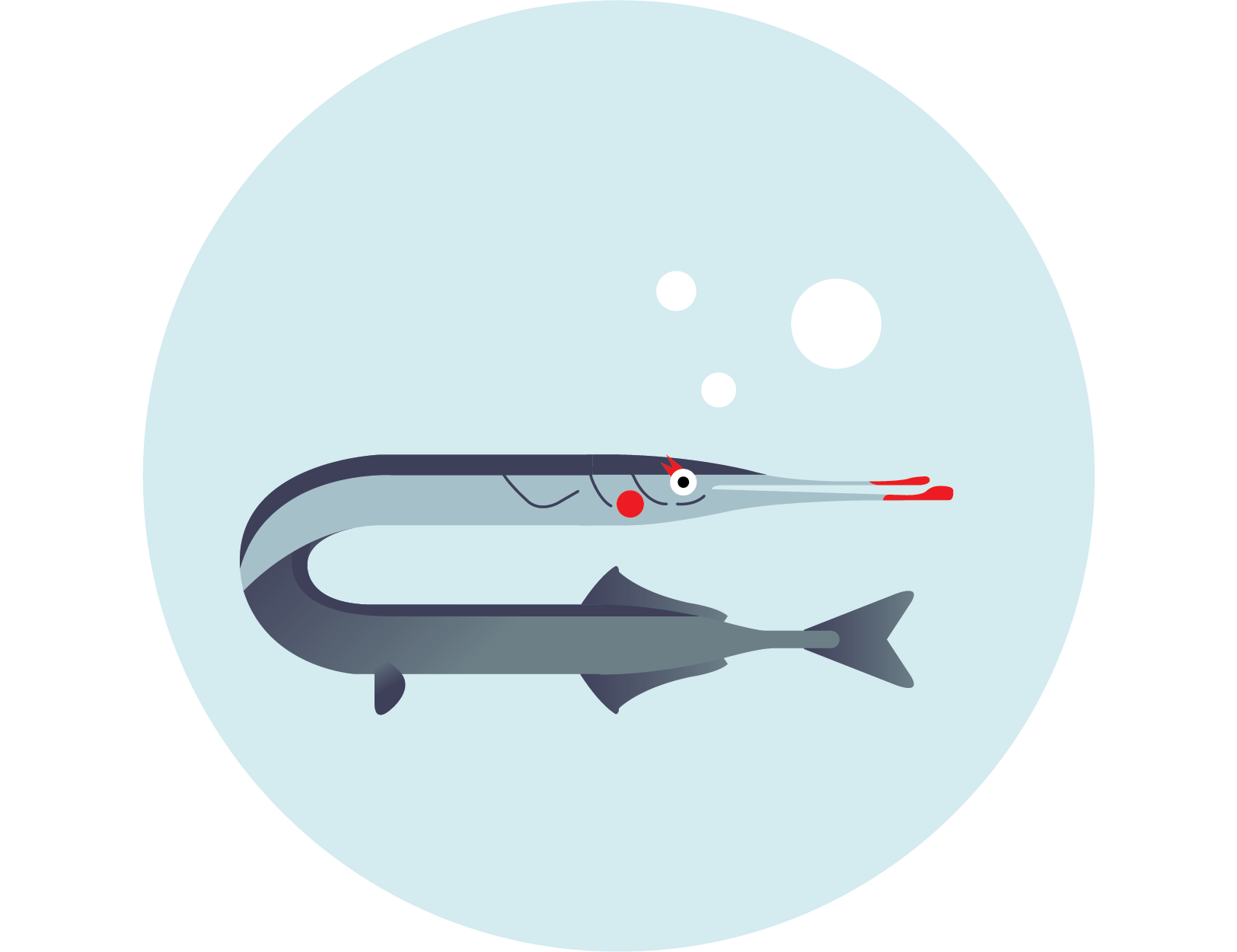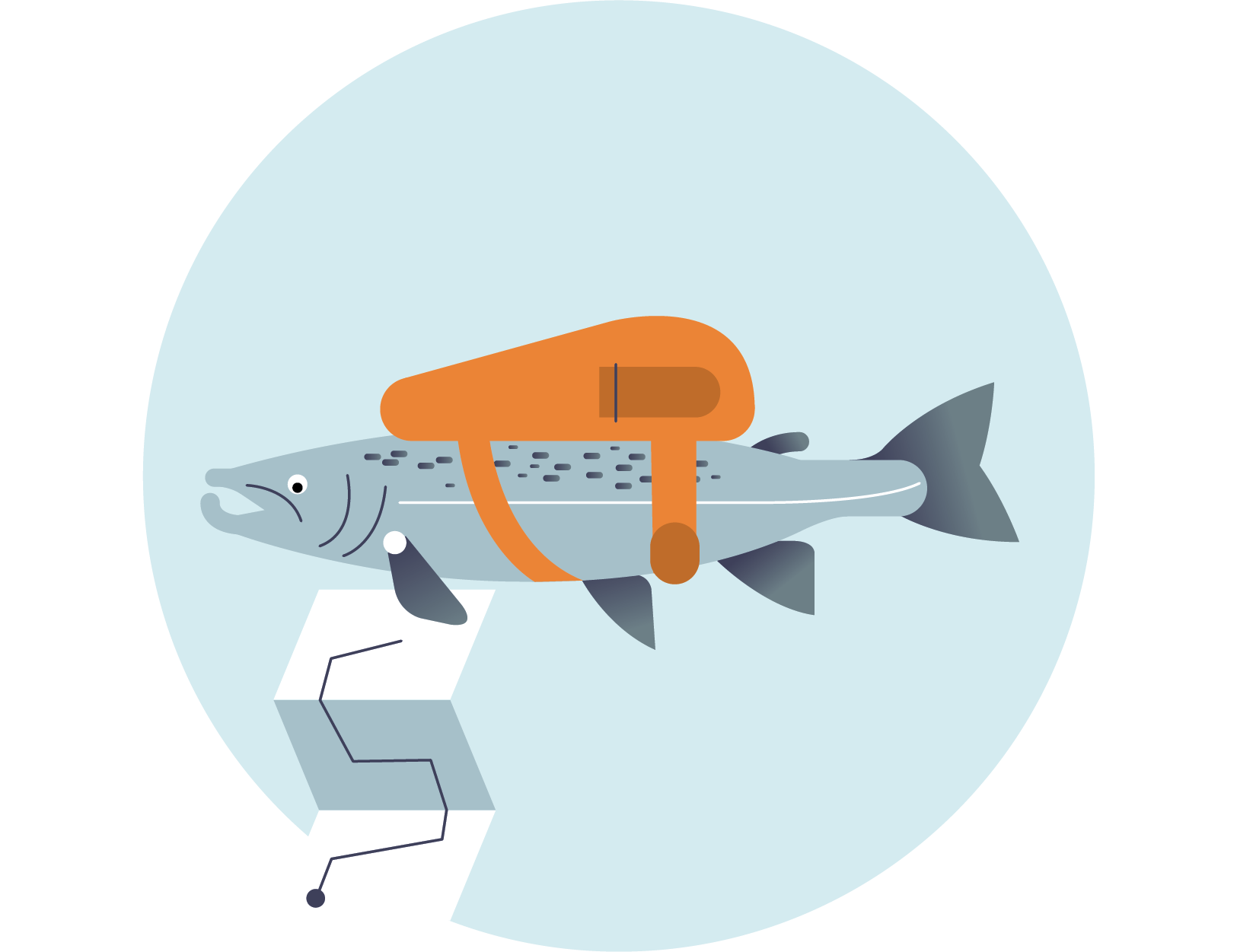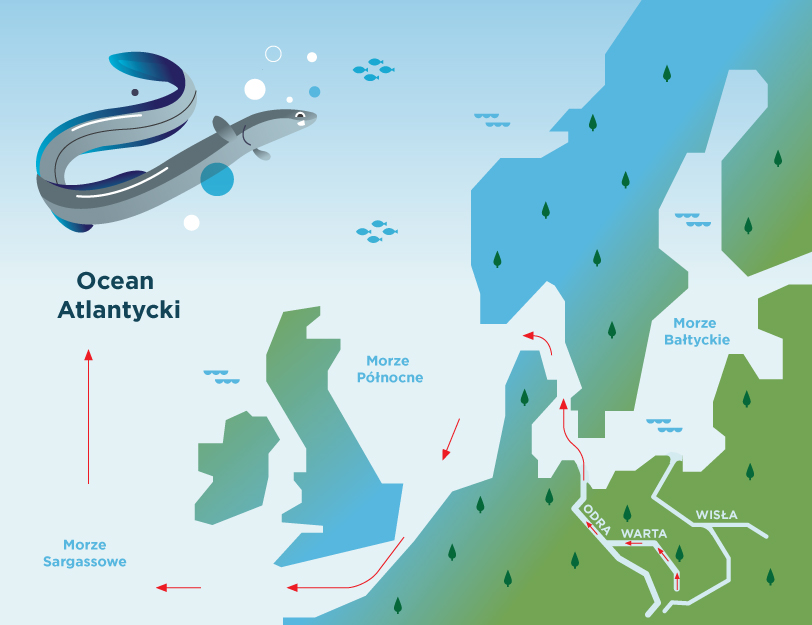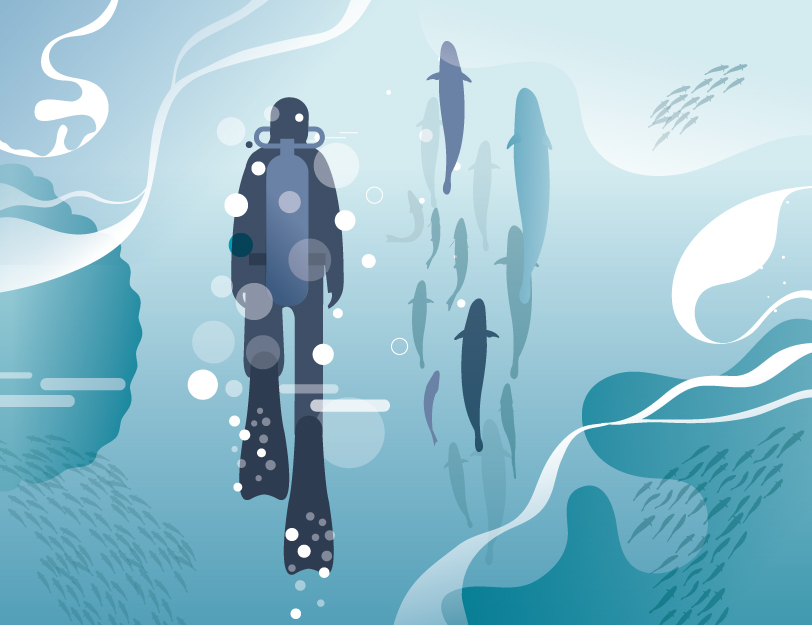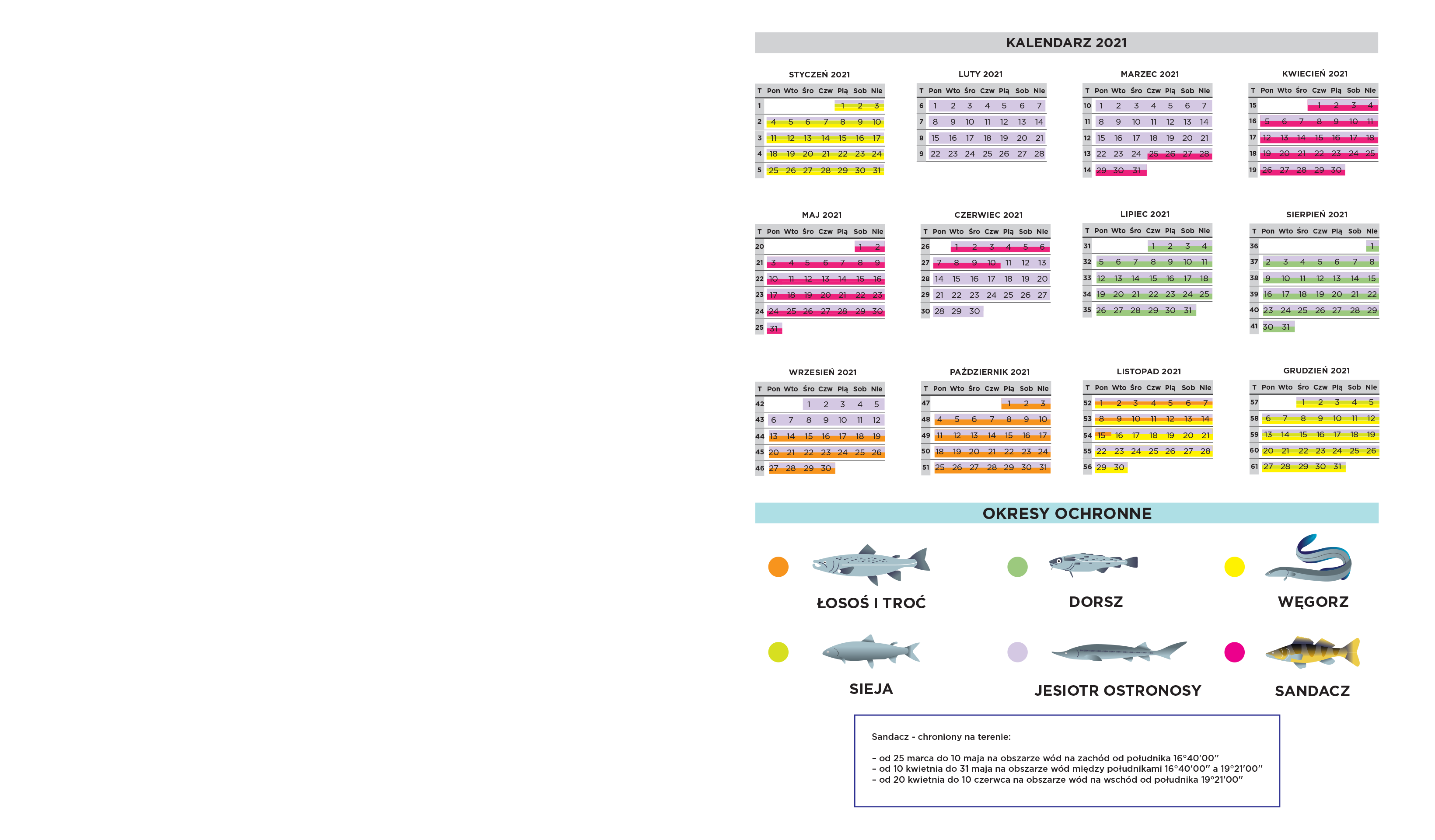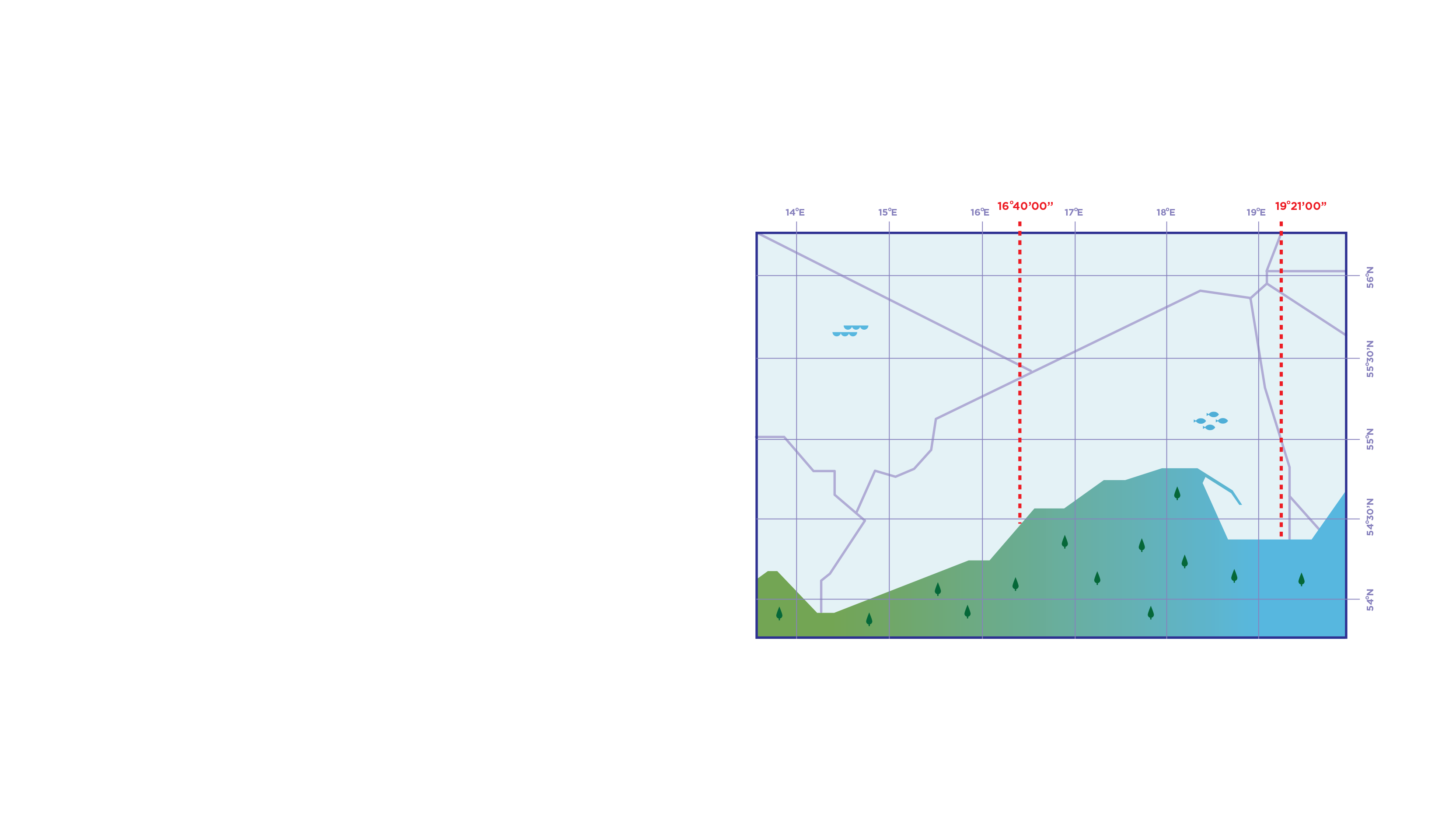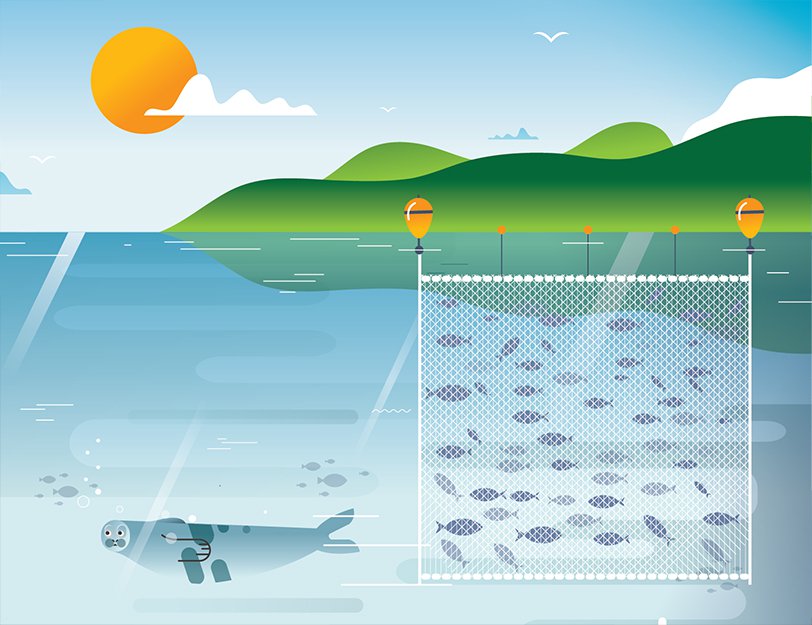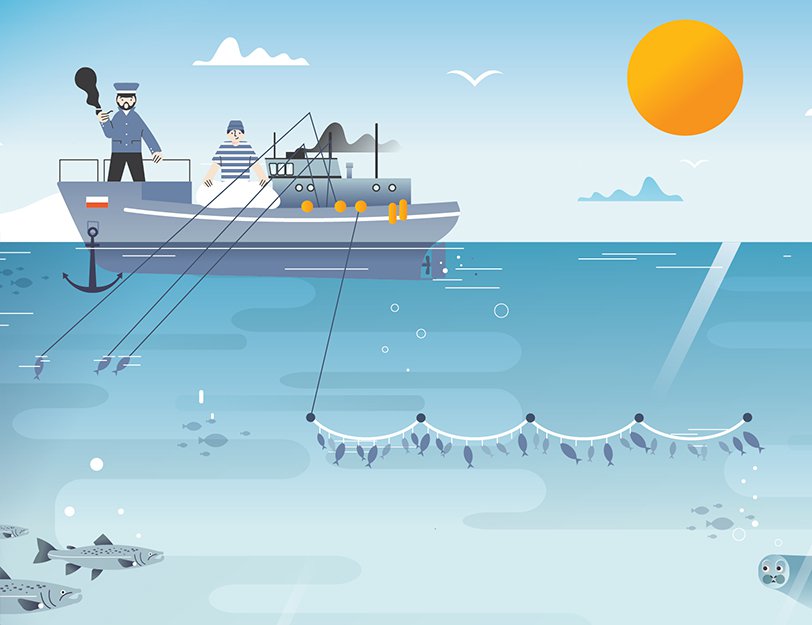Fish
There are many species of fish. However, not all of them can inhabit the Baltic Sea. It is worth learning to distinguish typical Baltic species, because they are the most important resource of our native sea. They are the ones that, while eating smaller organisms, are also food for larger animals and humans. We may not be aware, but this is a very important food chain. The survival of marine fish is vital to the lives of the other animals in the chain and is crucial to humans. It is worth learning more about this topic.
 English
English
 Polski
Polski
 Deutsch
Deutsch

